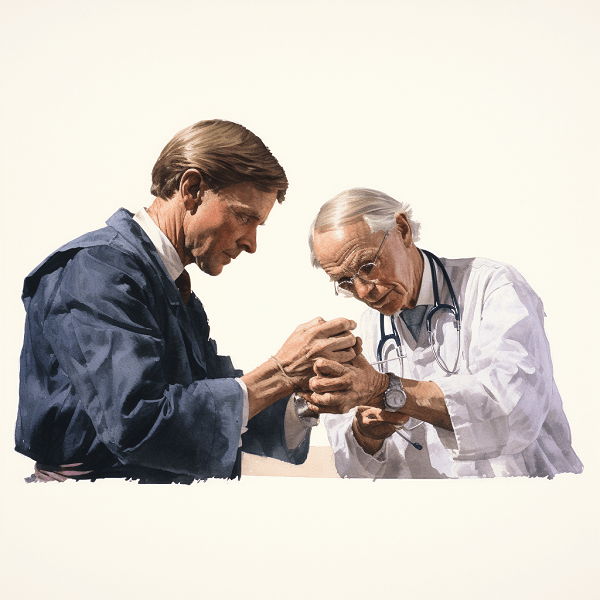Specific Symptoms of Different Types of Arthritis

Arthritis encompasses various types, each presenting with its unique set of symptoms and characteristics. Understanding these specific manifestations can aid in accurate diagnosis and targeted treatment approaches.
A. Osteoarthritis:
The most common form of arthritis, osteoarthritis, primarily affects the joints’ cartilage, leading to gradual wear and tear. Symptoms often include joint tenderness, where the affected joints may feel sore to the touch. Osteoarthritis may also result in the development of bone spurs, small bony growths that can cause additional discomfort and limited joint mobility.
B. Rheumatoid arthritis:
Unlike osteoarthritis, rheumatoid arthritis is an autoimmune condition characterized by chronic inflammation affecting multiple joints. Prominent symptoms of rheumatoid arthritis include joint deformity, especially in the hands and feet, as the disease progresses. Morning stiffness lasting for more than an hour is also a common manifestation. Additionally, individuals with rheumatoid arthritis may experience systemic effects such as fatigue, low-grade fever, and overall malaise.
C. Gout:
Gout is a type of arthritis caused by the accumulation of uric acid crystals in the joints. Its symptoms are often sudden and intense, with individuals experiencing excruciating joint pain, commonly in the big toe. The affected joint may become tender, red, and swollen, accompanied by a feeling of warmth. Gout attacks can be triggered by certain foods, alcohol consumption, or underlying metabolic conditions.
D. Psoriatic arthritis:
Psoriatic arthritis is associated with psoriasis, a chronic skin condition characterized by red, scaly patches. In addition to joint pain and swelling, individuals with psoriatic arthritis may experience skin manifestations such as skin plaques or nail changes. The joints affected can vary, including the hands, feet, spine, or larger joints. Psoriatic arthritis can also lead to stiffness, particularly in the morning or after periods of inactivity.
Recognizing these specific symptoms is essential in distinguishing between different types of arthritis and guiding appropriate treatment strategies. Since each type of arthritis has distinct underlying mechanisms and disease progression, a comprehensive evaluation by a healthcare professional is vital for accurate diagnosis and personalized management plans tailored to the individual’s needs.
Conclusion
Understanding and recognizing the symptoms of arthritis are crucial steps towards early detection and effective management. By being aware of these signs, individuals can take proactive measures to seek medical advice, undergo appropriate diagnostic tests, and collaborate with healthcare professionals to develop personalized treatment plans. Early intervention can help mitigate pain, slow disease progression, and enhance overall quality of life.
While arthritis can present significant challenges. Modern medicine offers various treatment options to manage arthritis symptoms effectively. These include medications, physical therapy, lifestyle modifications, assistive devices, and in some cases, surgical interventions. With the guidance of healthcare professionals, individuals can explore these options and find strategies that work best for them, allowing them to regain control, improve mobility, and lead fulfilling lives despite their arthritis diagnosis.
In conclusion, understanding the symptoms of arthritis empowers individuals to take control of their health and seek appropriate care. By staying vigilant, reaching out to healthcare professionals, and exploring available treatment options, individuals with arthritis can effectively manage their symptoms and live life to the fullest. Remember, you don’t have to face arthritis alone, and with the right support and management strategies, there is hope for a brighter future.
sources:
www.arthritis.org
www.mayoclinic.org/diseases-conditions/arthritis
www.cdc.gov/arthritis
www.niams.nih.gov/health-topics/arthritis
medlineplus.gov/arthritis



